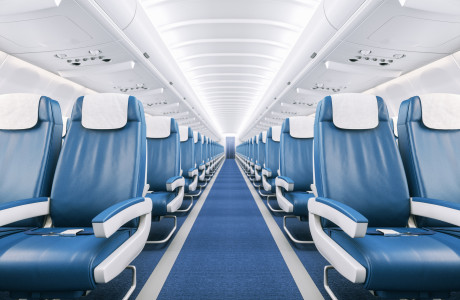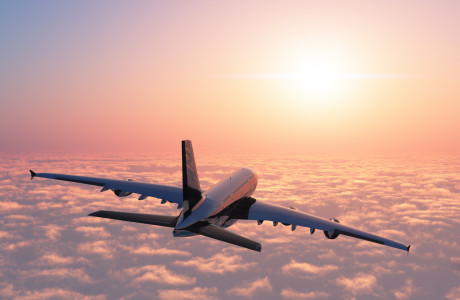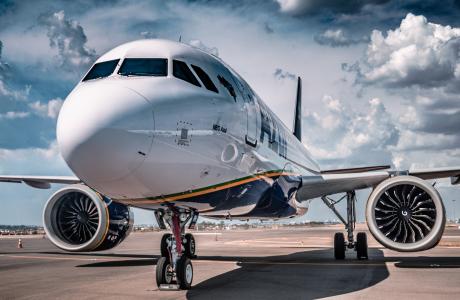
The Airbus A320 Family: Innovative All-Rounders
The most significant aircraft aren’t always the largest or the fastest. For aircraft manufacturers and airlines alike, it’s often the seemingly modest, medium-sized planes that play a particularly important role. The A320 family is a prime example: a central pillar for both Airbus and many of its customers. These aircraft are built and sold in especially high numbers—covering a large share of air miles and carrying countless passengers. Find out in the following article why the Airbus A320 offers much more than just average performance.
Contents
Overview of the Airbus A320 Family
All aircraft in the A320 family are narrow-body jets. This means there is only one central aisle with up to six seats per row. They are also “twin-engine” aircraft, with two engines, in contrast to larger “four-engine” models like the Airbus A380 or Boeing 747. The main difference between the individual A320 models is the fuselage length—lower numbers indicate shorter fuselages, while higher numbers indicate longer ones.
A320
The base model has a fuselage length of 33.91 m. Depending on configuration, the Airbus A320 offers between 150 and 180 seats and a range of 4,800 to 6,150 km depending on the payload. With a cabin width of 3.68 m—consistent across the entire family—the A320 is slightly wider than its main competitor, the Boeing 737. The original version, the A320-100, was quickly replaced by the slightly modified A320-200.A321
The first variation of the A320 model was the Airbus A321. With a 6.94 m longer fuselage and slightly modified, larger wings (with a consistent wingspan of 34.10 m, or 35.80 m with winglets), it is the largest version in the family. Depending on configuration, it accommodates between 185 and 236 passengers.A319
The next variant was the Airbus A319. This version has a shortened fuselage of 33.84 m and offers space for 124 to 156 passengers. With a range of 3,350 to 6,850 km, it can even cover the longest distances within the family.A319CJ
A special version of the A319 is the Airbus A319CJ, with “CJ” standing for Corporate Jet. This business or private jet can be modified according to the owner’s preferences and offers space for up to 39 people. Thanks to additional fuel tanks, its range increases to up to 11,000 km. The aircraft can be converted back into a standard A319 for resale.A318
Even shorter is the Airbus A318, which measures 31.45 m in length and is designed for 107 to 132 passengers. Despite its smaller size, the A318 is the largest aircraft certified by European aviation authorities for so-called steep approaches (approach angles of 4.5° or more). It is therefore the largest passenger aircraft allowed to land at airports such as London City or Madeira.A320neo
The Airbus A320neo represents a fundamental update to the A320, featuring newer, modern engines. Since then, the A319 and A321 have also become available in the neo variant (neo = New Engine Option). Some consider the neo models a separate aircraft family. These new engines significantly reduce noise levels, helping airports comply with noise restrictions.
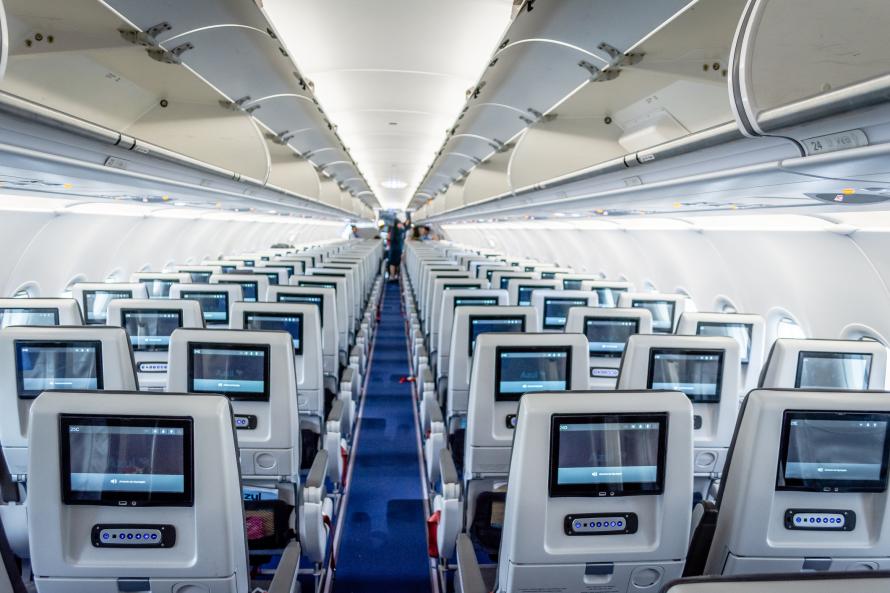
Development & History
Development of the Airbus A320 began in the late 1970s. At that time, Airbus had already introduced the larger A300 and A310 families. The A320 was the first single-aisle aircraft, specifically designed to compete with the Boeing 737.
The program was developed through cooperation between Germany, the UK, and France, with airlines like Delta and Lufthansa also involved. The maiden flight took place on February 14, 1987, and commercial service began on April 8, 1988, with a flight from Paris to Berlin via Düsseldorf.
Production is distributed across global locations. Components are manufactured in countries such as China and Spain, while final assembly takes place in Toulouse for A320 models and in Hamburg for the A318, A319, and A321. Around 50 aircraft are completed each month.
Production is distributed across global locations. Components are manufactured in countries such as China and Spain, while final assembly takes place in Toulouse for A320 models and in Hamburg for the A318, A319, and A321. Around 50 aircraft are completed each month.
Unique Features of the A320 Family
The commercial success of the A320 family is also due to several design innovations. The most notable features include:
Digital Fly-by-Wire System
A digital fly-by-wire system allows aircraft to be controlled without mechanical linkages between cockpit controls and the movable parts like rudders and elevators. The Airbus A320 was the first commercial aircraft to implement such a system—while competitors still relied on steel cables for mechanical control. Today, digital fly-by-wire is standard worldwide.Cockpit
The A320’s cockpit was also advanced for its time. It featured digital display monitors instead of analog gauges and introduced a sidestick in place of the traditional control column.Sharklets
Since 2012, the A320 family has been equipped with so-called winglets—wingtip extensions that improve stability and reduce drag. As the wingspan remains essentially unchanged, these “winglets” don’t pose problems for hangar compatibility. Due to their distinctive, shark fin-like shape, Airbus calls them Sharklets.
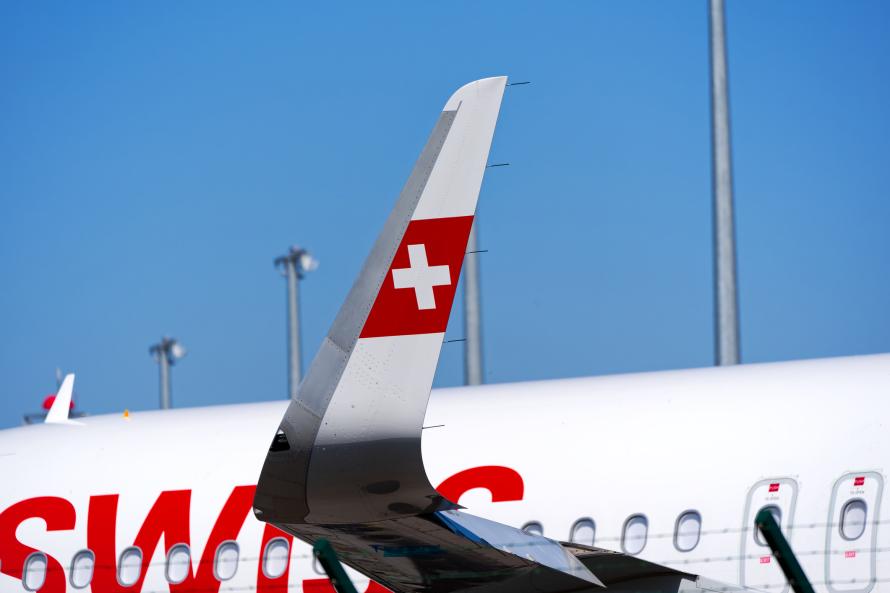
Frequently Asked Questions about the A320
How much does an Airbus A320 cost?
Depending on the model and configuration, the price ranges between approximately 75 and 130 million USD.
Is there a business class in the A320?
Technically, yes. Many configurations include standard rows with an empty middle seat designated as business class. However, Lufthansa’s 2025 seat plans, for example, include an upgraded business class on the A320.
How many A320 aircraft are there?
By the end of 2024, a total of 11,865 A320 family aircraft had been built.
How much does an Airbus A320 weigh?
The standard version of the A320 has a maximum takeoff weight of 77 tons.
How much horsepower does an Airbus A320 have?
The Airbus A320 has approximately 10,000 horsepower.


